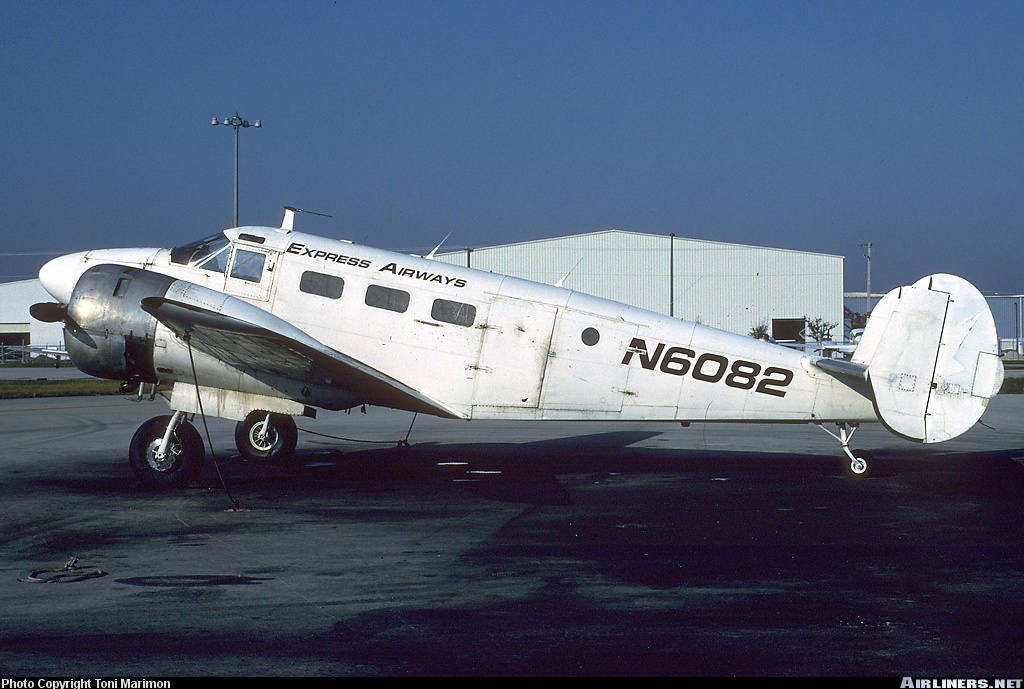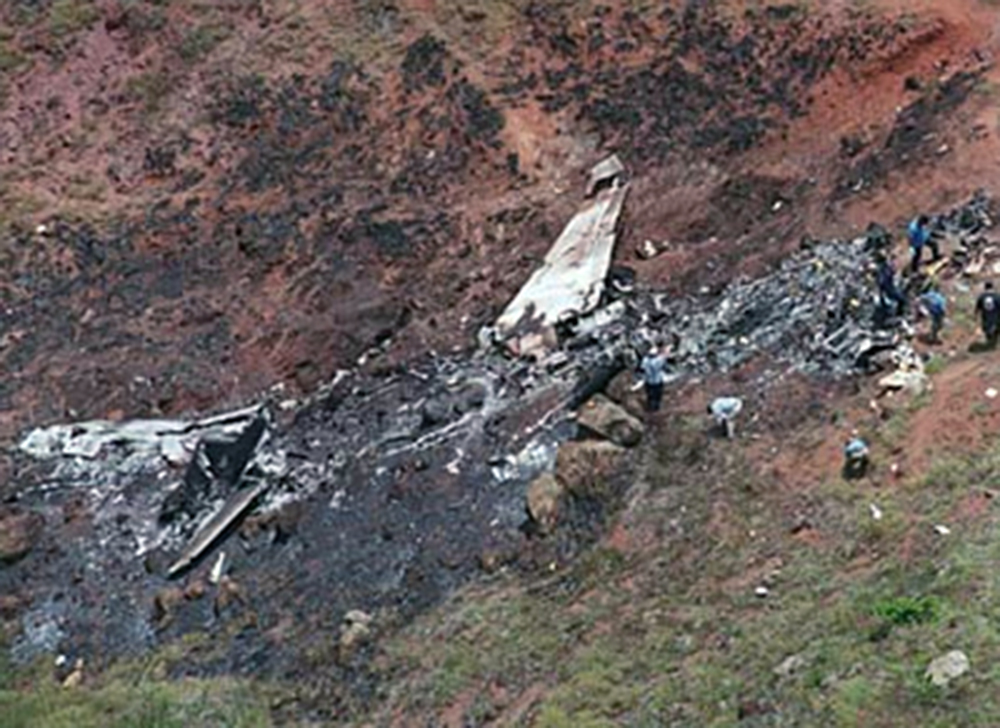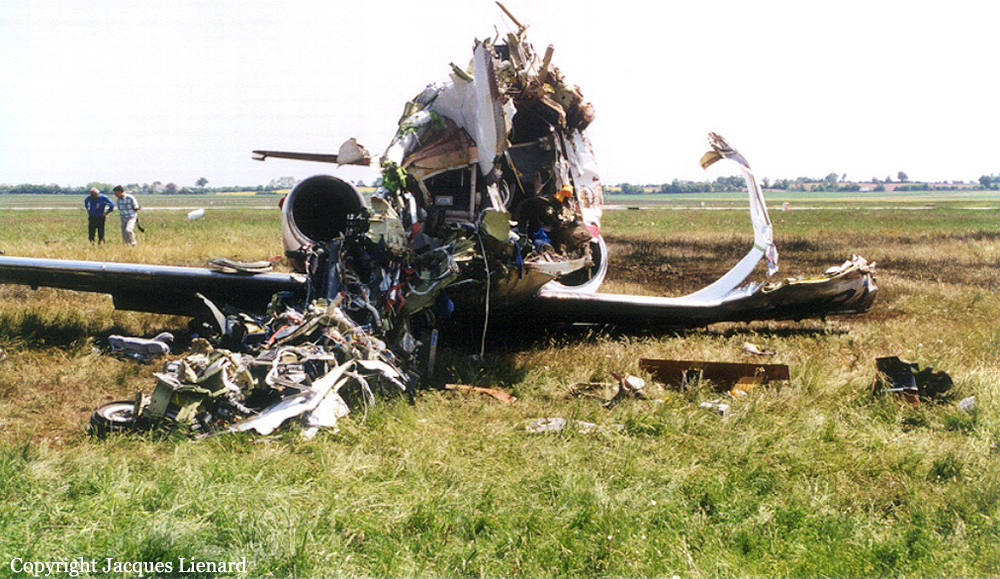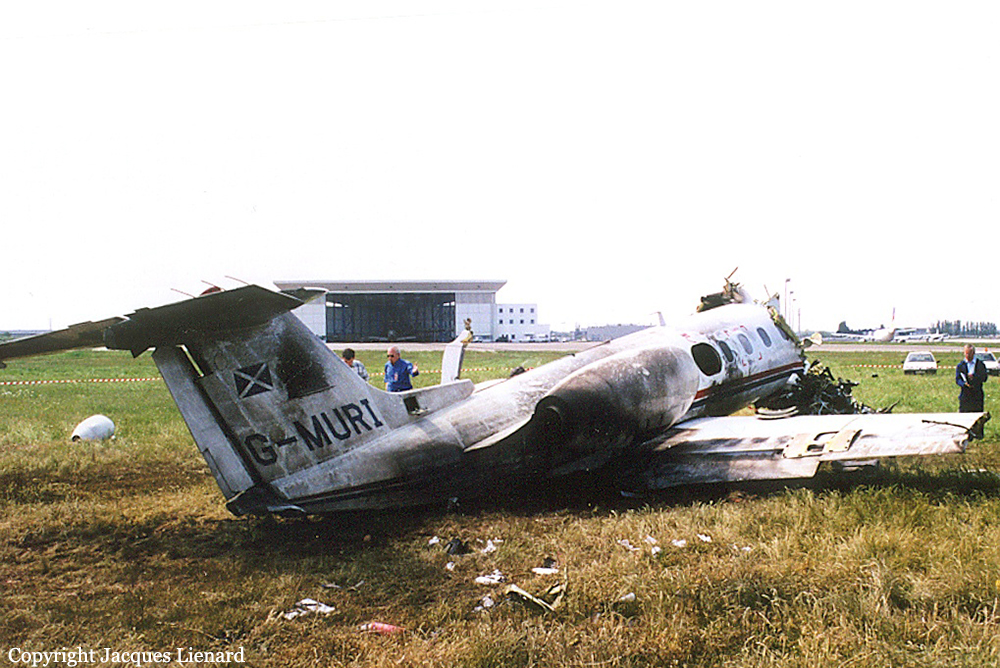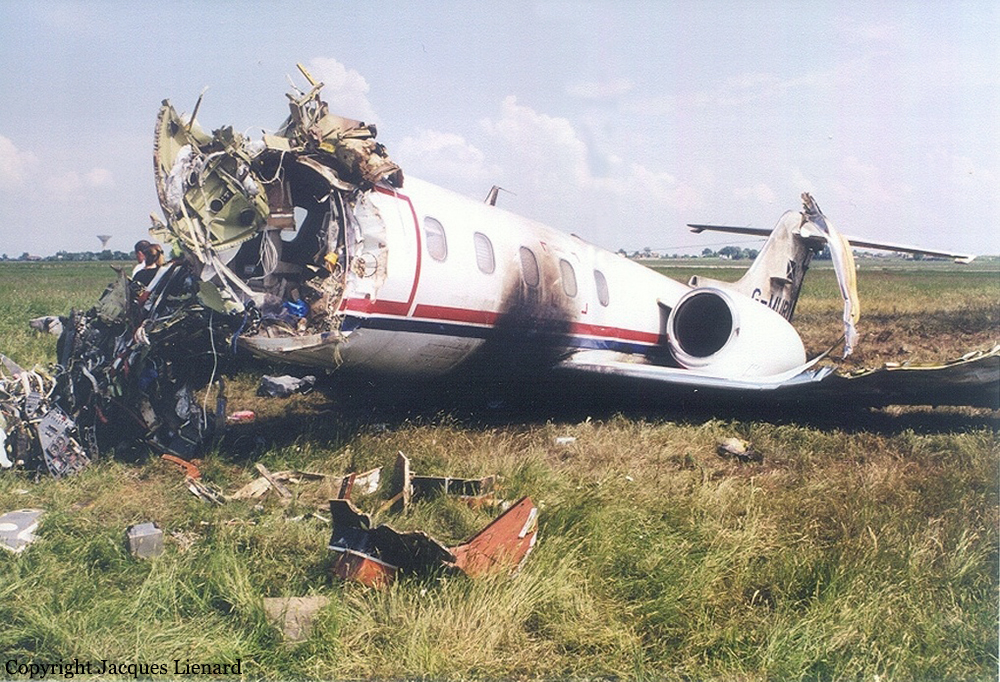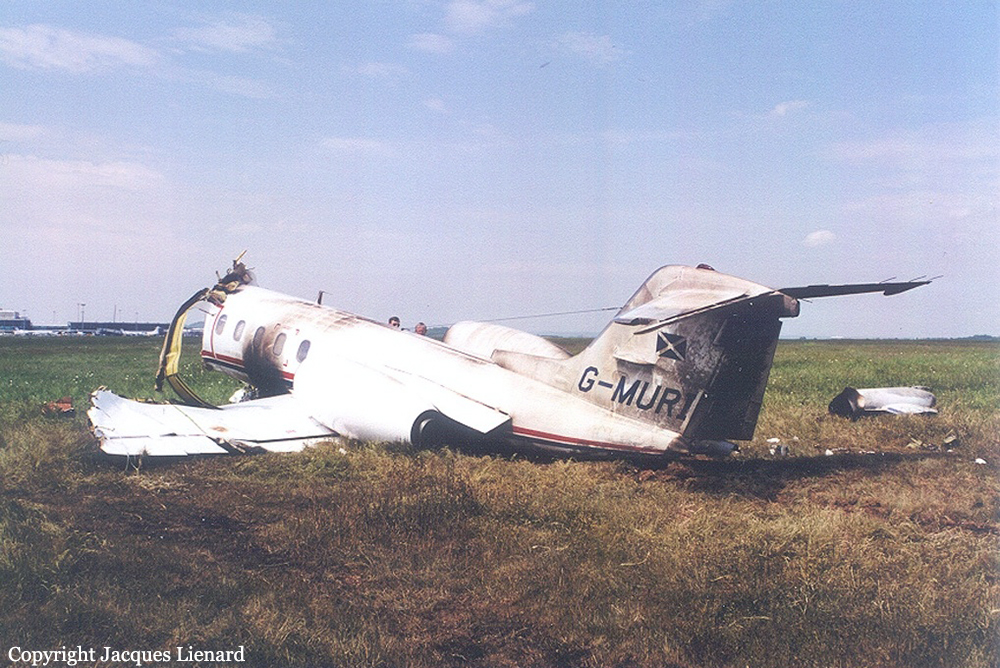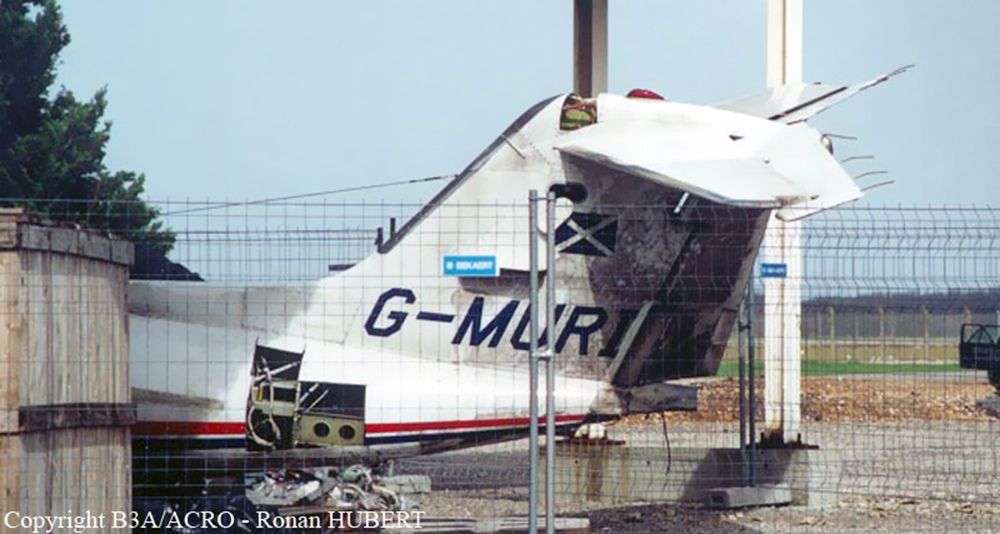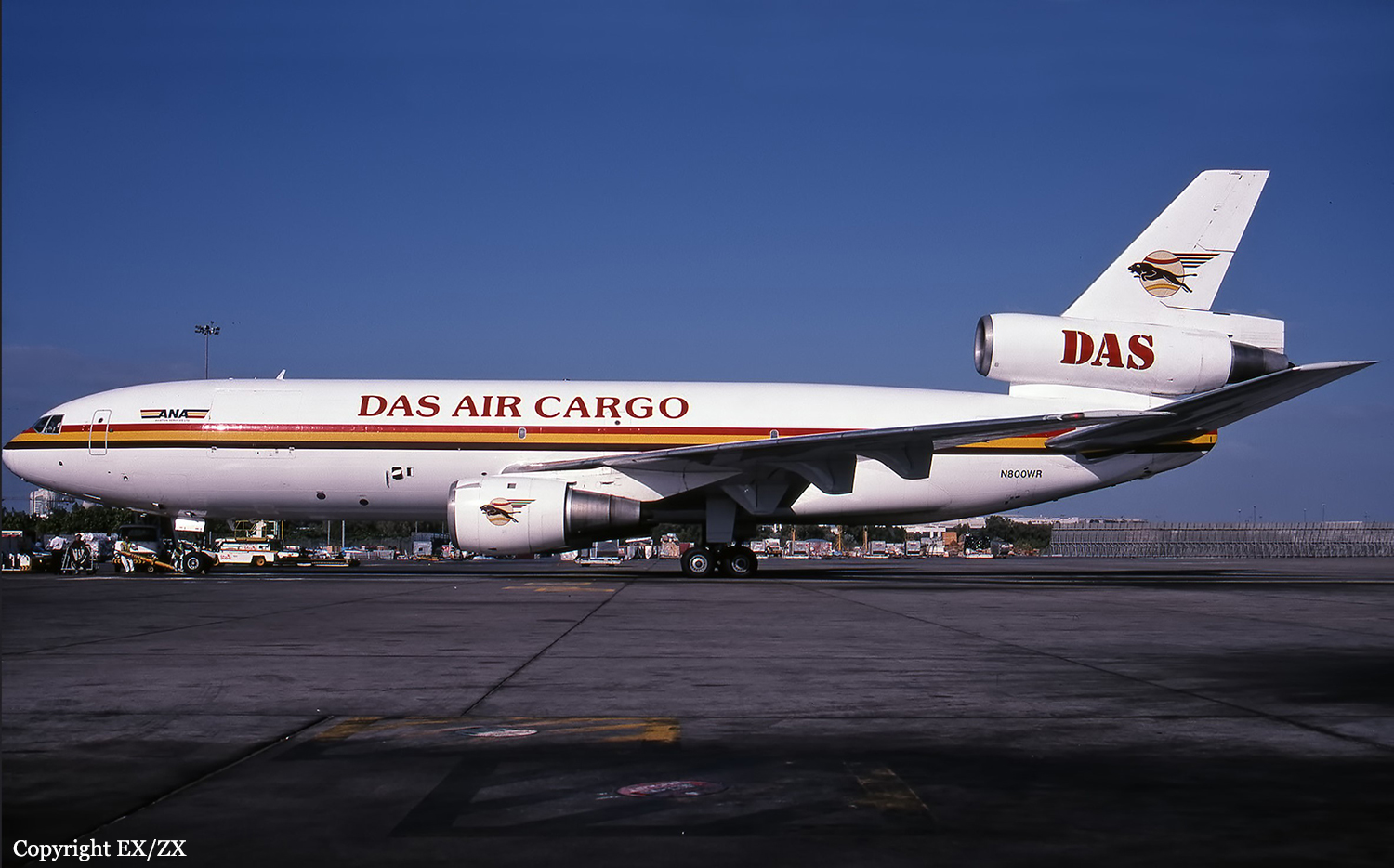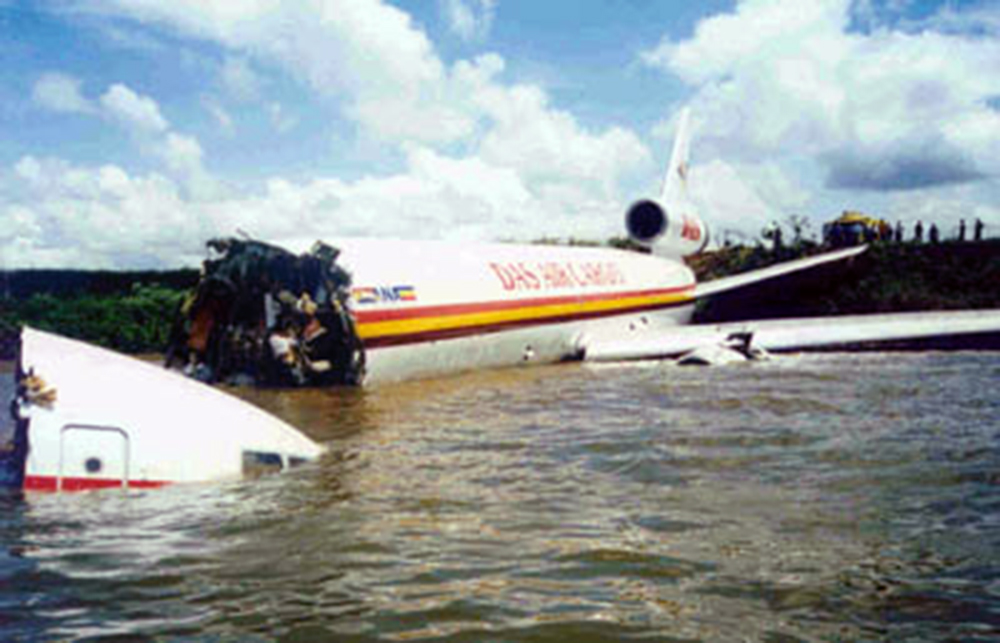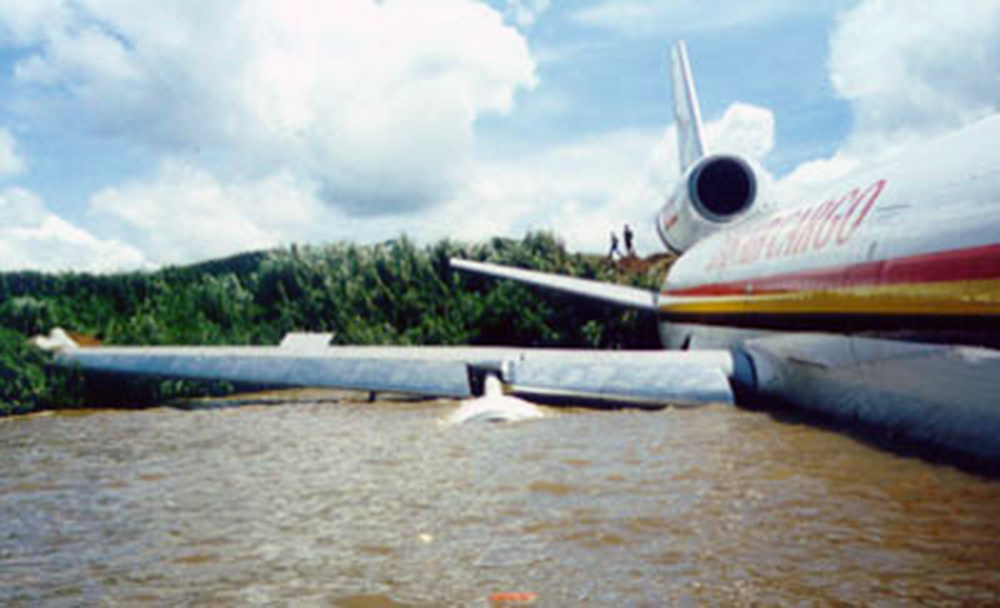Crash of a Beechcraft 1900C-1 in Moanda: 3 killed
Date & Time:
May 18, 2000 at 0947 LT
Registration:
TR-LFK
Survivors:
Yes
Schedule:
Libreville - Moanda
MSN:
UC-133
YOM:
1990
Crew on board:
2
Crew fatalities:
Pax on board:
8
Pax fatalities:
Other fatalities:
Total fatalities:
3
Circumstances:
The twin engine aircraft departed Libreville on a charter flight to Moanda, carrying employees of the Société d’Électricité et d’Énergie du Gabon (S.E.E.G.). While approaching Moanda, the crew was cleared to descent to 4,100 feet and encountered poor visibility due to fog. On short final, the aircraft struck the ground and crashed 1,600 metres short of runway 14. A pilot and two passengers were killed while seven other occupants were injured.
Probable cause:
Controlled flight into terrain after the crew continued the approach after passing the MDA until the aircraft impacted ground. Poor visibility due to foggy conditions was a contributing factor.



